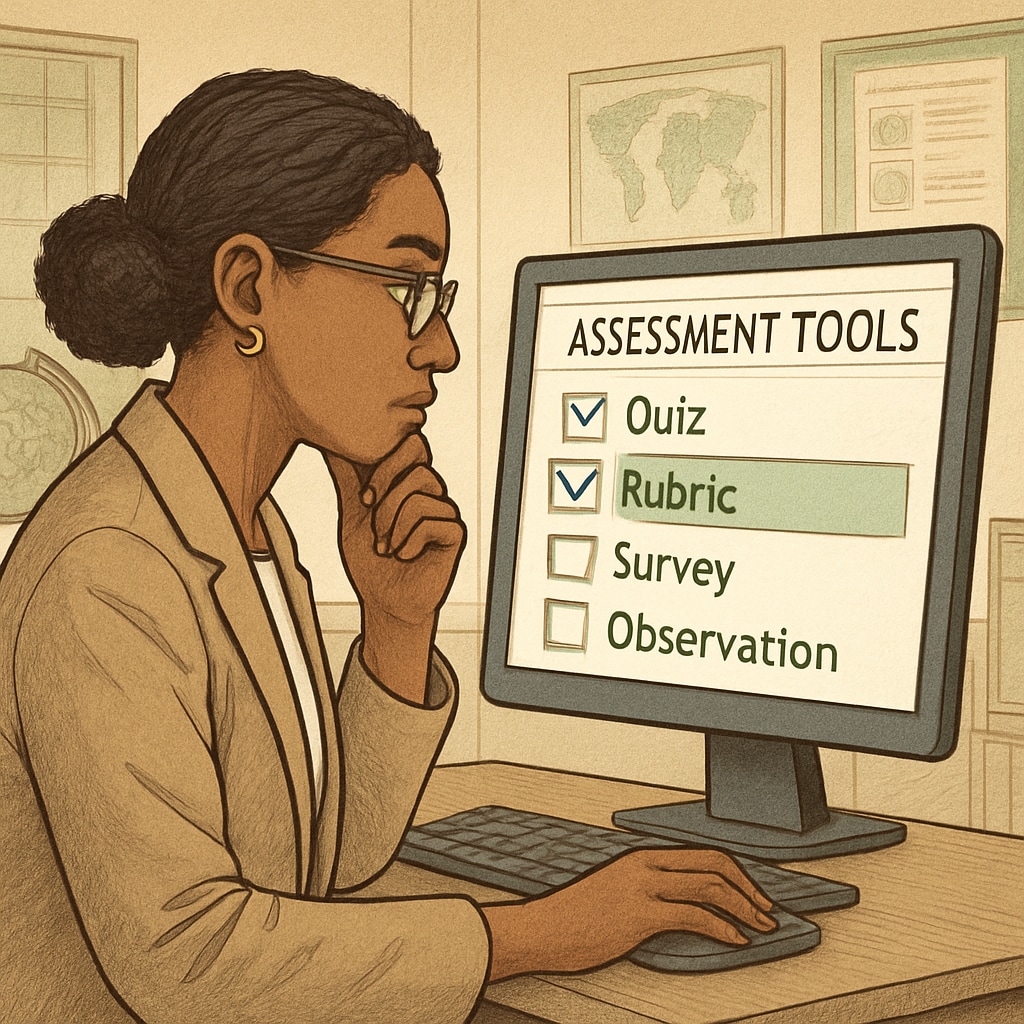High-quality assessment resources serve as indispensable tools in the K-12 education system, helping educators evaluate student progress while enhancing the overall learning experience. The right resources not only provide insights into student performance but also allow for targeted instructional strategies tailored to individual needs. In this article, we examine the hallmarks of effective assessment tools, offer practical advice on selecting the best resources, and explore how these tools can transform both teaching and learning.
Why Are Assessment Resources Crucial for K-12 Education?
Assessment resources play a pivotal role in education by offering a structured way to measure student understanding and progress. These tools are particularly valuable in K-12 education, where diverse learning styles and developmental stages require flexible and adaptive evaluation methods. For example, formative assessments can help teachers adjust their lesson plans in real time, while summative assessments provide a comprehensive view of student achievements.
Moreover, high-quality resources ensure that assessments are aligned with curriculum standards, making it easier for educators to track whether students are meeting key learning objectives. They also contribute to a fair and equitable evaluation process, reducing biases and ensuring that all students have the opportunity to demonstrate their capabilities.

Key Characteristics of Effective Assessment Tools
Not all assessment tools are created equal. To ensure that the resources you use are effective, consider the following characteristics:
- Alignment with Standards: High-quality tools should align with state or national curriculum standards to ensure relevance and accuracy.
- Reliability and Validity: The resource should consistently produce accurate results that reflect true student performance.
- Flexibility and Adaptability: Tools that can be tailored to different learning levels and styles are more effective in addressing diverse classroom needs.
- User-Friendliness: Resources should be easy to implement for educators and intuitive for students to use.
- Data-Driven Insights: Effective tools provide actionable data that can be used to inform instructional strategies and support student growth.
For additional insights into what makes an assessment tool effective, consider exploring resources like Edutopia, which offers expert advice on best practices in education.
How to Find High-Quality Assessment Resources
Finding the right assessment resources can be challenging, especially with so many options available. Here are some practical strategies to guide your search:
- Research and Reviews: Start by exploring reviews and recommendations from trusted educational platforms. Websites like Common Sense Education provide detailed evaluations of various tools.
- Trial and Feedback: Many assessment tools offer free trials. Use this opportunity to test the resource in your classroom and gather feedback from students.
- Professional Learning Networks: Engage with other educators through forums, social media groups, or professional organizations to learn about their experiences and recommendations.
- Publisher Resources: Educational publishers often provide assessment tools designed to complement their curriculum materials.

Maximizing the Impact of Assessment Tools
Once you have selected the right tools, maximizing their impact requires thoughtful implementation. Here are some tips:
- Integrate with Lesson Plans: Use assessment data to inform your lesson planning and address gaps in understanding.
- Provide Clear Feedback: Share results with students in a constructive way to help them understand their strengths and areas for improvement.
- Involve Parents: Keep parents informed about assessment results to foster a collaborative approach to student learning.
- Continuous Improvement: Periodically review the effectiveness of your tools and make adjustments as needed.
By taking these steps, educators can ensure that assessment resources become a powerful ally in the quest for academic excellence.
Conclusion
High-quality assessment resources are more than just tools for grading; they are integral components of effective teaching and learning. By carefully selecting and utilizing these tools, educators can create a more engaging and equitable learning environment that supports every student’s success. Whether you are a seasoned teacher or new to the profession, investing the time to find the best resources will pay dividends in the form of improved student outcomes and satisfaction.
As you explore the wide array of options available, remember to prioritize tools that align with your curriculum, support diverse learning needs, and provide actionable insights. With the right resources in hand, you can unlock the full potential of your classroom and empower your students to thrive.


